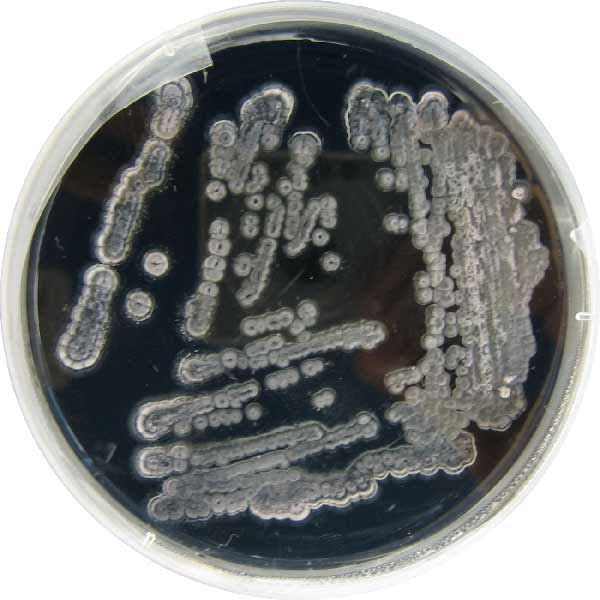
New Study Looks to the Future of Drug Discovery in the Natural World
Researchers ponder question: Is there anything still out there to discover?
Published Date
By:
- Robert Monroe
Share This:
Article Content

Environmental microorganisms in petri dish. Photo courtesy of Simon Fraser University
For decades, chemical compounds isolated from nature—known to scientists as natural products—have played a central role in the discovery and development of modern pharmaceuticals. In fact, over 50 percent of all pharmaceuticals in use today derive from or were inspired by natural products.
Now William Gerwick and Matthew Bertin of the Center for Marine Biotechnology and Biomedicine at Scripps Institution of Oceanography at the University of California San Diego have contributed to a new study, published May 1 in in the journal Proceedings of the National Academy of Sciences, that asks the question: are there any valuable products left in nature that we haven’t already discovered?
Gerwick co-led the study with former Scripps postdoctoral researcher Roger Linington now at Simon Fraser University in Canada. Co-authors include Bertin and scientists from the Department of Chemistry and Biochemistry at UC San Diego, the Skaggs School of Pharmacy and Pharmaceutical Sciences at UC San Diego, and the University of California Santa Cruz. The U.S. National Institutes of Health nd the Natural Sciences and Engineering Research Council of Canada funded the study.
The researchers reviewed the structures of all natural products that have been discovered between 1941-2015. They then created a natural products database to answer a number of key questions about the state of natural products research, including: How has the rate of discovery of new natural products progressed over the past 70 years? Has the rate of novel natural product discovery declined in recent years? And is there still value in exploring natural products as a source of novel biologically active natural products?
“Prior to this study, there was uncertainty about whether continued drug discovery from natural products was still a useful and valuable pursuit, even among other natural products scientists,” Gerwick said.
The scientists used chemoinformatics—the application of information science techniques to chemical data—to explore trends in compound discovery as a function of the year of investigation and type of organism. The results demonstrated that, although many novel and interesting compounds continue to be isolated from the environment, this is accompanied by an increasing percentage of compounds that aren’t significantly different from previous discoveries. The conclusions from this work suggest that innovative approaches are required if natural products are to be a viable source of therapeutic leads in the future.
The study provides insight into the value of various discovery approaches, and offers the science community some perspective on future avenues of investigation. The work has the potential to impact academic and industrial groups interested in natural products research, in both basic science and biotechnology.
“The chemoinformatic approach we used here very clearly shows that there is much left to discover from nature,” Gerwick said. “However, at this point in time, new and innovative scientific approaches are needed in order to locate these remaining gems.”
—Mallory Pickett
Share This:
You May Also Like
Stay in the Know
Keep up with all the latest from UC San Diego. Subscribe to the newsletter today.


